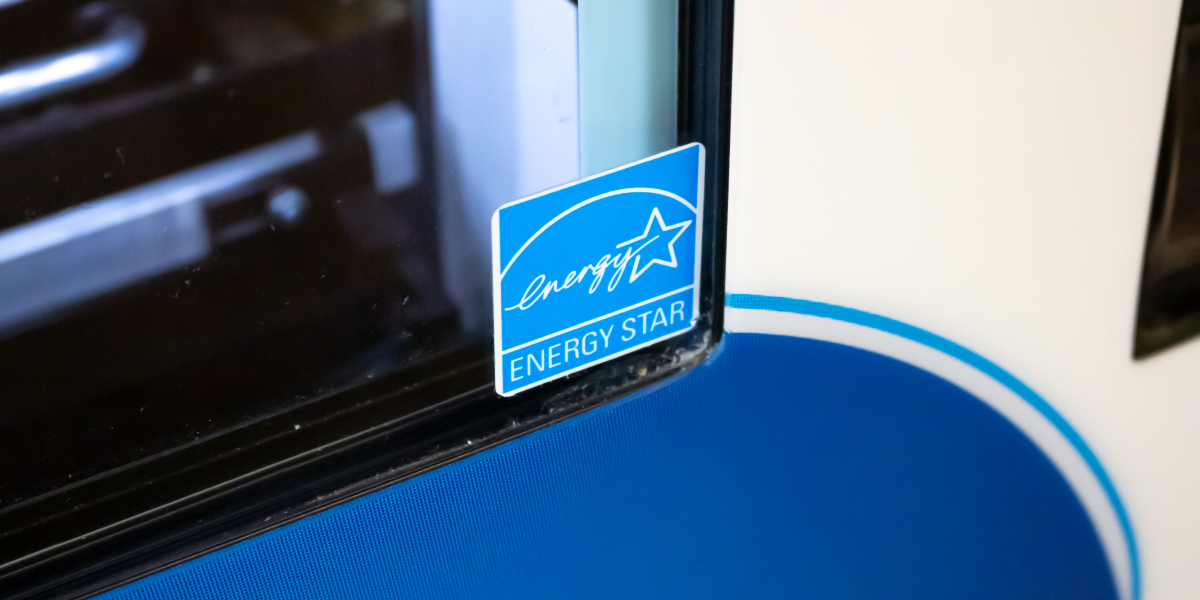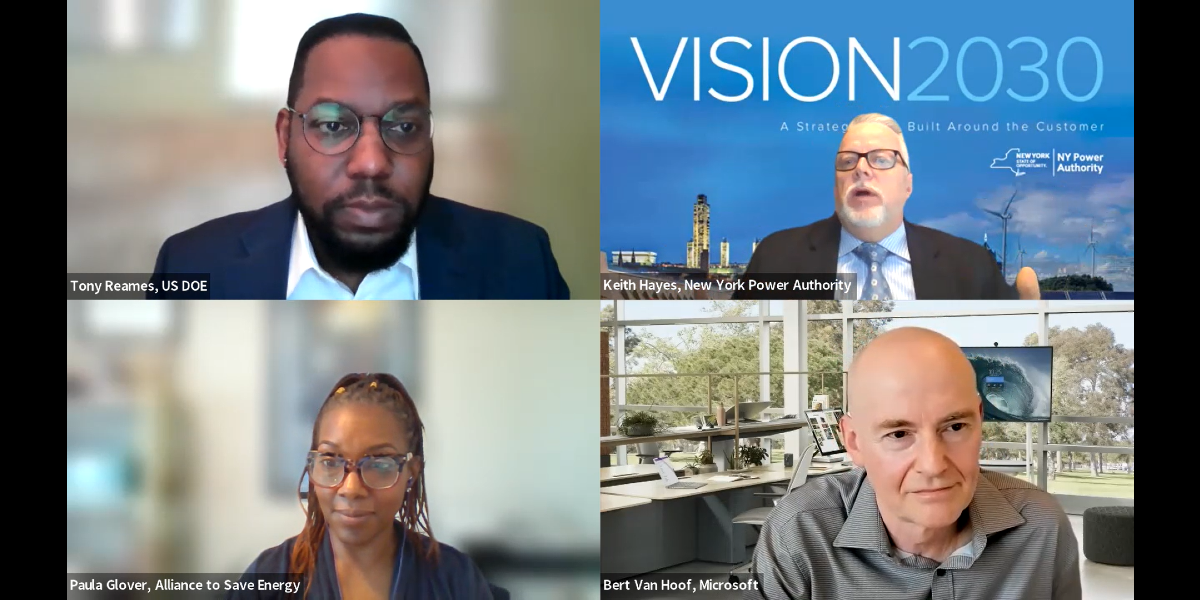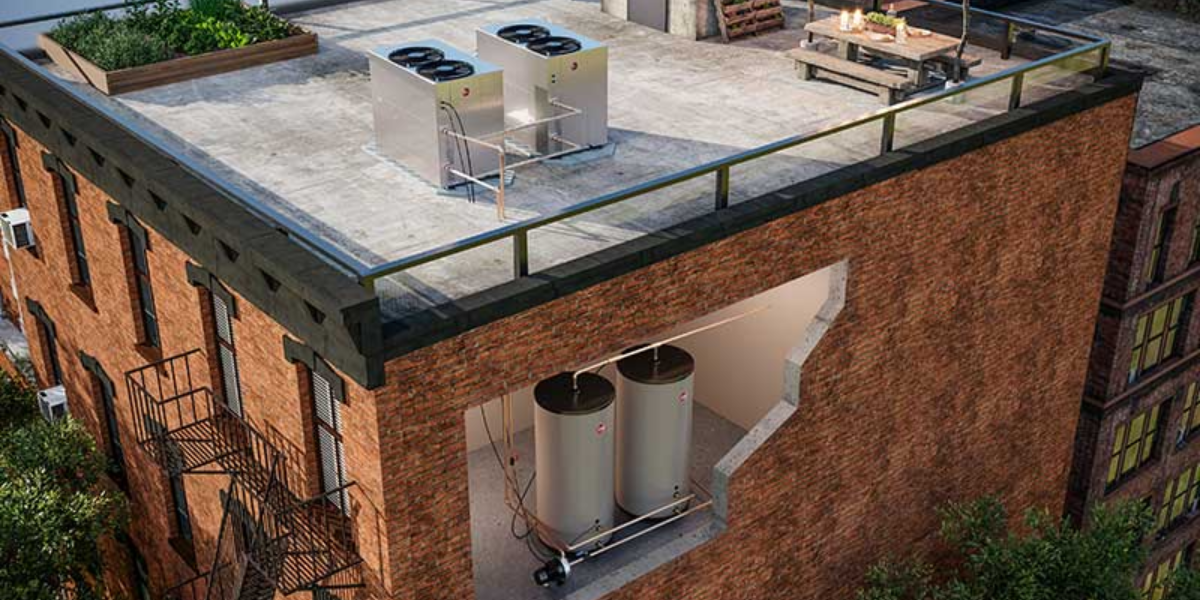This New Study Shows How an Energy Efficiency Tax Incentive Would Save U.S. Households a Billion Dollars Each Year
Let's Save Energy
Alliance to Save Energy's Blog
This New Study Shows How an Energy Efficiency Tax Incentive Would Save U.S. Households a Billion Dollars Each Year

For the past year, energy efficiency has been conspicuously absent from the U.S. tax code. Where there was once a suite of incentives to encourage energy efficiency investments by homeowners and businesses, there is none currently. Thanks to a recent analysis from the U.S. Department of Energy, we have some new findings that strengthen our arguments for reinstating energy efficiency tax incentives – and understand the potential cost savings and benefits to homeowners of doing so.
Congress let three tax incentives – tax credits for homeowners and homebuyers and a tax deduction that drives energy efficiency in commercial and multifamily buildings – expire on December 31, 2016. Well, here we are nearly a year later and sweeping changes to the tax code are under urgent consideration. Some proposed tax reforms would have a positive effect for energy efficiency. One would encourage businesses to make roof replacements and replace old heating and cooling equipment with newer, energy-efficient models. The Senate bill also retains an existing incentive that promotes the adoption of electric vehicles. The now-expired energy efficiency tax incentives are on Congress’s to-do list, but a little bit further down.
When making our case for energy efficiency tax incentives, the Alliance routinely cites a range of benefits to the economy, U.S. national security, and the environment. This time, our work is supported by a host of new and insightful findings from U.S. DOE. The report is based on a sophisticated modeling exercise to estimate the impacts of the reinstatement and 10-year extension of the residential energy efficiency tax credit (known as Sec. 25C, “Nonbusiness Energy Property Credit for Existing Homes”). One important note: the U.S. DOE report only estimates the impacts of 25C with respect to five specific equipment types (listed in the first bullet below), and does not evaluate the potential benefits of the full suite of measures and products that were covered by the tax credit. The report presents these important findings:
- First, the renewed availability of the tax credit would increase the respective market share of energy-efficient central air conditioners, natural gas water heaters, electric water heaters, electric heat pumps, and natural gas furnaces.
- Second, the tax credit would boost sales of eligible energy-efficient equipment across the five types by an average of 54%.
- Third, the tax credits leverage homeowner spending and utility rebates for eligible energy-efficient equipment (where applicable) and deliver greater “bang for the buck” beyond the credit’s value.
- Fourth, when homeowners know when to expect the tax credit, as opposed to when it is only offered retroactively, they respond by making more purchases of energy-efficient equipment.
- And fifth, U.S. households could save $13.1 billion on their utility bills over 10 years from the tax credit.
The Alliance has long considered energy efficiency tax incentives a top federal policy priority. This report represents an important contribution to our understanding of just how valuable the residential tax credit is to homeowners. The potential utility bill savings – on average about $1.3 billion annually – can only be realized if Congress acts, and if the tax credit is available for enough time for homeowners to make plans for energy efficiency improvements. Congress has a busy few weeks remaining in 2017, with tax issues front and center. Several senators have said an energy tax “extenders” package must be passed. Energy efficiency tax incentives – for homes as well as commercial and multifamily buildings – need to be a part or that package.
RECENT BLOG POSTS
STAY EMPOWERED
Help the Alliance advocate for policies to use energy more efficiently – supporting job creation, reduced emissions, and lower costs. Contact your member of Congress.
Energy efficiency is smart, nonpartisan, and practical. So are we. Our strength comes from an unparalleled group of Alliance Associates working collaboratively under the Alliance umbrella to pave the way for energy efficiency gains.
The power of efficiency is in your hands. Supporting the Alliance means supporting a vision for using energy more productively to achieve economic growth, a cleaner environment, and greater energy security, affordability, and reliability.



